Introduction
Candied hawthorn skewers, known in Chinese as bīngtáng húlu, are a beloved traditional treat that has delighted generations with their crisp sugar coating and tart-sweet flavor. Originating from China, this iconic street food consists of hawthorn berries skewered on bamboo sticks and coated in a layer of hardened sugar syrup, resulting in a delightful contrast of textures and tastes. While the dish may seem simple, mastering the technique requires precision, patience, and an understanding of the delicate balance between ingredients and heat. This article will guide you through the process of creating authentic, mouthwatering candied hawthorn skewers at home, ensuring each bite delivers a harmonious blend of tartness and sweetness.
The History and Cultural Significance
Before diving into the recipe, it’s worth exploring the cultural roots of candied hawthorn skewers. Dating back to the Song Dynasty (960–1279 CE), this snack was initially a seasonal winter treat sold by street vendors. The name bīngtáng húlu literally translates to “ice-sugar gourd,” reflecting the crystal-clear sugar coating that resembles ice. Over centuries, the dish evolved, with vendors experimenting with fruits like strawberries, grapes, and kiwi, but hawthorn remains the classic choice due to its firm texture and tart flavor, which perfectly complements the sweet coating. Today, candied hawthorn skewers are not only a nostalgic symbol of childhood but also a festive staple during holidays like Chinese New Year, where their vibrant red hue symbolizes joy and good fortune.
Ingredients and Tools
To create authentic candied hawthorn skewers, you’ll need the following ingredients and equipment:
-
Hawthorn Berries (or Alternative Fruits):

- Fresh, firm hawthorn berries are ideal. If unavailable, substitute with small, tart apples, strawberries, or cherries.
- Ensure the fruit is washed, dried, and free of blemishes.
-
Sugar Coating:
- Granulated Sugar: The primary sweetener. Avoid brown sugar, as it may alter the color and texture.
- Water: For dissolving the sugar.
- Optional Additions: A splash of lemon juice (to balance sweetness), sesame seeds, or crushed peanuts for garnish.
-
Tools:
- Bamboo skewers (6–8 inches long).
- A heavy-bottomed saucepan (to prevent burning).
- A candy thermometer (critical for temperature control).
- Parchment paper or a silicone mat (for setting the skewers).
- A pastry brush (for cleaning sugar crystals from the pan’s sides).
Step-by-Step Preparation
Preparing the Hawthorn Berries

- Wash and Dry: Rinse the hawthorn berries under cool water, gently scrubbing to remove any dirt. Pat them dry with a clean kitchen towel. Excess moisture can cause the sugar coating to become sticky or uneven.
- Remove Stems and Seeds: Use a small paring knife to carefully remove the stems. For hawthorn berries, you may optionally scoop out the seeds, though many prefer to leave them intact for authenticity.
- Skewer the Fruit: Thread 4–6 berries onto each bamboo skewer, leaving 1–2 inches of space at the bottom for handling. Arrange them closely but avoid overcrowding, as this can lead to uneven coating.
Crafting the Perfect Sugar Syrup
The sugar syrup is the heart of the recipe. Achieving the ideal texture requires careful temperature control:
- Ratio: Combine 2 cups of granulated sugar with 1 cup of water in the saucepan. Stir gently to moisten the sugar, but avoid overmixing, as this can cause crystallization.
- Heat: Place the pan over medium-high heat. Attach the candy thermometer to the side, ensuring the tip is submerged but not touching the bottom.
- Monitor the Temperature:
- 210°F (99°C): The syrup reaches the “thread stage,” ideal for light coatings.
- 230°F (110°C): “Soft ball stage”—too thick for this recipe.
- 300°F (150°C): “Hard crack stage”—the target temperature. At this point, the syrup will solidify into a brittle coating when cooled.
Testing the Syrup (Without a Thermometer)
If you lack a candy thermometer, use the “cold water test”:
- Drop a small spoonful of syrup into a glass of ice water.
- At the hard crack stage, the syrup will form hard, brittle threads that snap when bent.
Coating the Skewers
- Prep Your Workstation: Line a baking sheet with parchment paper. Have the skewered fruit and garnishes (if using) within reach.
- Dip and Swirl: Once the syrup reaches 300°F, remove the pan from heat immediately. Dip a skewer into the syrup, tilting the pan to submerge the fruit fully. Rotate the skewer gently to ensure even coating.
- Drain Excess Syrup: Hold the skewer above the pan for 2–3 seconds to allow excess syrup to drip off. A thin, even coating is key to avoiding clumps.
- Garnish (Optional): While the syrup is still hot, sprinkle sesame seeds or crushed peanuts over the coating for added texture and flavor.
- Cool and Harden: Place the skewers on the parchment paper, spacing them apart to prevent sticking. Allow them to cool completely at room temperature (15–20 minutes). The sugar will harden into a glossy, crackly shell.
Troubleshooting Common Issues

- Syrup Too Thick/Brittle: If the coating cracks excessively, the syrup may have overcooked. Discard and start fresh, reducing the heat slightly.
- Syrup Too Thin/Sticky: Undercooked syrup will remain tacky. Reheat gently until it reaches the hard crack stage.
- Uneven Coating: Ensure the fruit is thoroughly dried before skewering. Rotate the skewers slowly in the syrup for even coverage.
Storage and Serving Suggestions
- Storage: Candied hawthorn skewers are best enjoyed fresh, as the sugar coating may soften over time. Store in a cool, dry place for up to 2 days. Avoid refrigeration, as moisture can cause the sugar to melt.
- Presentation: Arrange the skewers on a platter or wrap them in cellophane for a festive touch. Serve with a small dish of warm water to cleanse the palate between bites.
Variations and Creative Twists
While traditionalists swear by hawthorn, modern interpretations offer endless possibilities:
- Fruit Medley: Experiment with strawberries, grapes, or orange slices for a colorful twist.
- Chocolate-Dipped: After coating in sugar syrup, dip half of the skewer in melted dark or white chocolate.
- Spiced Syrup: Add a cinnamon stick, star anise, or a pinch of cardamom to the syrup for aromatic depth.
- Colorful Coatings: Incorporate natural food dyes (e.g., beet juice for pink, spinach for green) to create vibrant, eye-catching designs.
The Science Behind the Crunch
Understanding the chemistry of sugar syrup can elevate your candied hawthorn skewers from good to exceptional. When heated, sugar undergoes a process called caramelization, where sucrose molecules break down into glucose and fructose, releasing complex flavors. At the hard crack stage, the syrup’s water content evaporates, leaving behind pure sugar crystals that solidify into a glass-like structure. This brittle coating shatters under pressure, creating the signature “crunch” that defines the treat.
Safety Precautions
Working with hot sugar syrup demands caution:
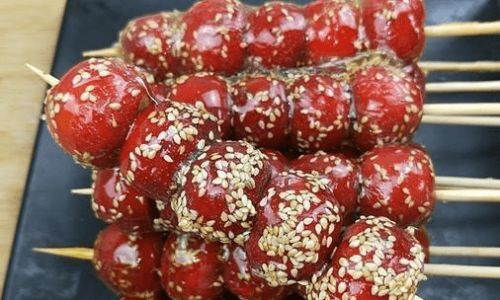
- Protect Your Skin: Wear long sleeves and use oven mitts when handling the pan.
- Children and Pets: Keep them at a safe distance to prevent burns.
- Cleanup: Soak pans and utensils in warm water immediately to dissolve hardened sugar.
Conclusion
Candied hawthorn skewers are more than a snack—they’re a celebration of tradition, craftsmanship, and the joy of simple pleasures. By mastering the art of sugar syrup and embracing experimentation, you can recreate this timeless treat in your own kitchen. Whether enjoyed during a festive gathering or as a nostalgic indulgence, each crisp, sugary bite connects you to centuries of culinary heritage. So gather your ingredients, fire up the stove, and embark on a sweet adventure that promises to delight the senses and warm the soul.
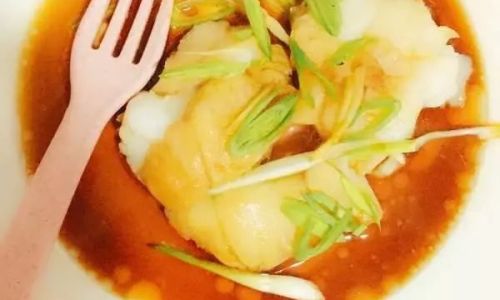
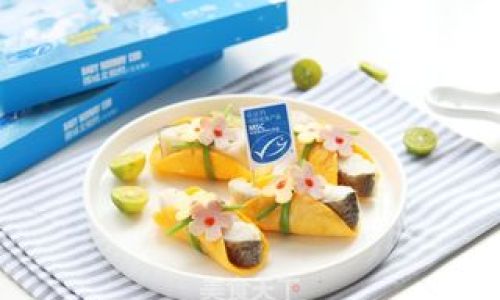
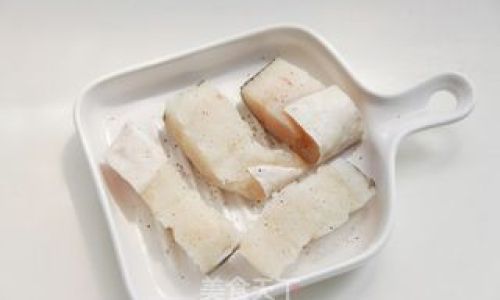

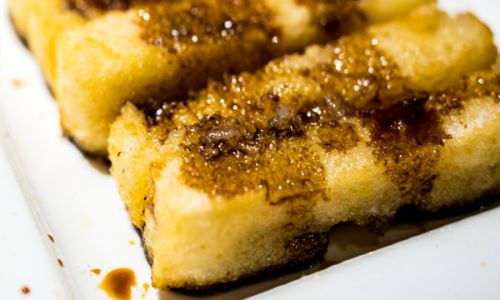
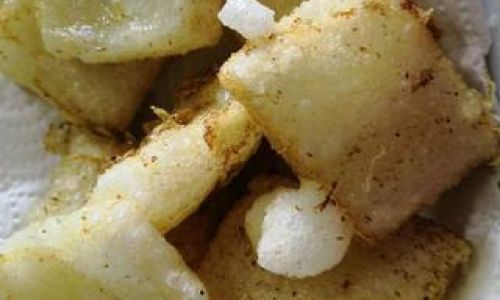
0 comments